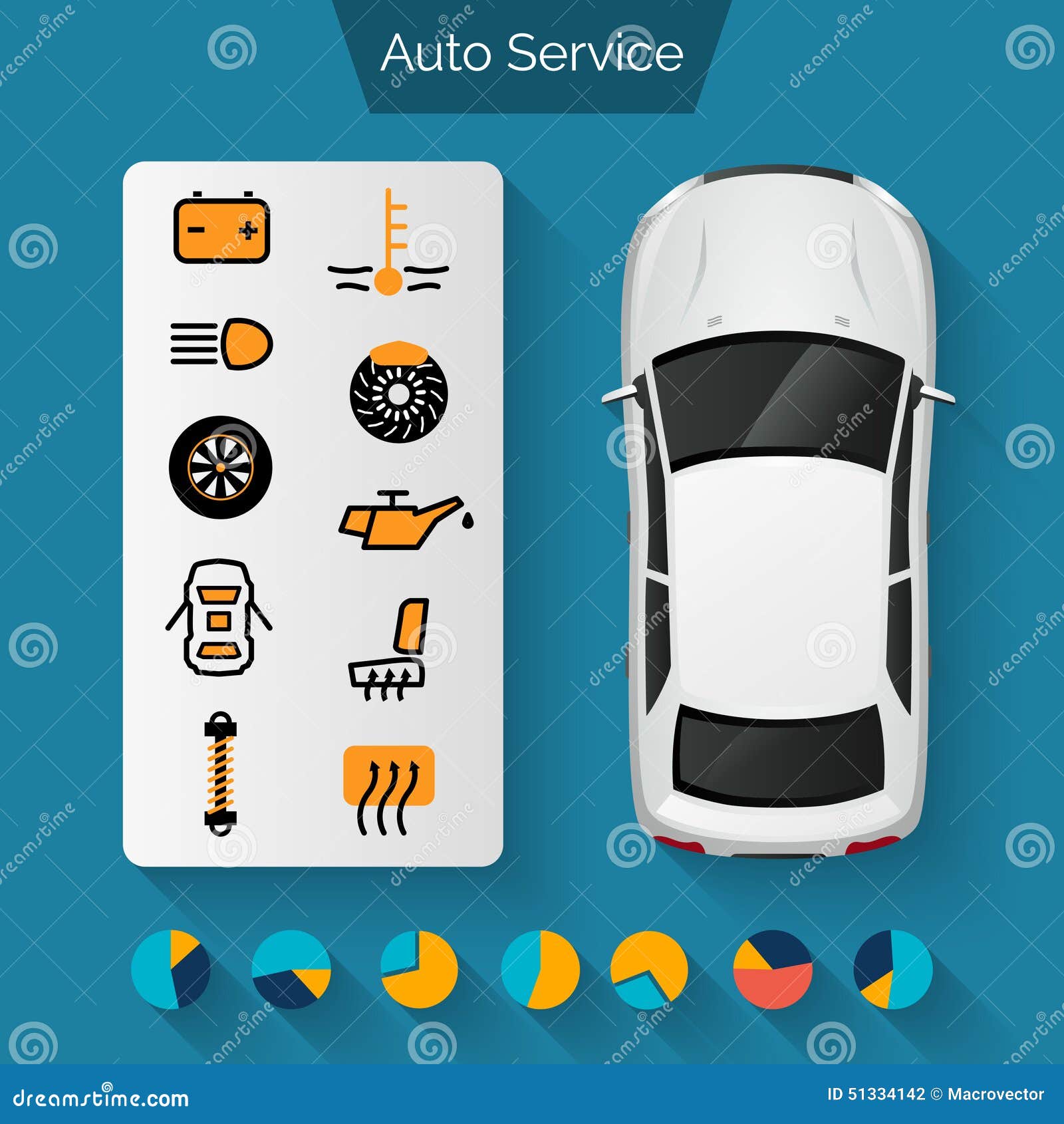Translating Your Car'S Warning Indicators: What They Genuinely Indicate
Translating Your Car'S Warning Indicators: What They Genuinely Indicate
Blog Article
Authored By-Sykes Forbes
When you lag the wheel, those radiant caution lights on your control panel can be a little bit perplexing. Do you recognize what they're attempting to inform you concerning your automobile's health? Recognizing the significance of these lights is crucial for your security and the long life of your lorry. So, the next time among those lights pops up, would not you wish to decode its message properly and take the essential steps to address it?
Common Warning Lights and Interpretations
Identify usual warning lights in your car and recognize their meanings to make sure secure driving.
The most normal warning lights include the check engine light, which indicates issues with the engine or exhausts system. If this light begins, it's critical to have your car checked quickly.
The oil stress alerting light indicates reduced oil pressure, calling for immediate interest to avoid engine damage.
A flashing battery light might suggest a malfunctioning charging system, possibly leaving you stranded if not resolved.
The tire pressure monitoring system (TPMS) light notifies you to low tire pressure, impacting vehicle stability and gas efficiency. Ignoring this might cause unsafe driving conditions.
The abdominal muscle light indicates an issue with the anti-lock stopping system, compromising your ability to stop swiftly in emergency situations.
Lastly, the coolant temperature alerting light warns of engine overheating, which can lead to severe damages if not solved promptly.
Comprehending these common warning lights will certainly aid you attend to problems quickly and preserve safe driving conditions.
Relevance of Prompt Interest
Understanding the typical caution lights in your vehicle is only the very first step; the value of without delay addressing these warnings can't be stressed enough to guarantee your safety and security when traveling.
When a warning light illuminates on your dashboard, it's your vehicle's way of interacting a possible problem that requires interest. Neglecting car wash pakuranga can lead to more severe issues in the future, jeopardizing your safety and possibly costing you much more in repairs.
Prompt focus to alerting lights can prevent break downs and mishaps. For example, a flashing check engine light could show a misfire that, if left ignored, might create damages to the catalytic converter. Addressing this quickly can save you from a costly repair.
Likewise, a brake system warning light might signify low brake liquid or used brake pads, crucial elements for your security when driving.
DIY Troubleshooting Tips
If you see a warning light on your control panel, there are a couple of DIY fixing pointers you can attempt prior to looking for professional assistance.
The first step is to consult your auto's handbook to comprehend what the particular warning light shows. Occasionally the concern can be as basic as a loosened gas cap triggering the check engine light. Tightening up https://brakes17395.spintheblog.com/30309896/discover-exactly-how-to-entirely-change-your-car-s-look-in-less-than-an-hour-with-easy-to-follow-tips-that-will-amaze-you-your-rapid-vehicle-detailing-solution-is-here may deal with the trouble.
Another common concern is a reduced battery, which can set off numerous alerting lights. Inspecting the battery links for rust and guaranteeing they're secure could deal with the trouble.
If a caution light lingers, you can attempt resetting it by disconnecting the car's battery for a couple of mins and after that reconnecting it. Furthermore, inspecting your car's liquid degrees, such as oil, coolant, and brake fluid, can help fix alerting lights related to these systems.
deep car cleaning services
In conclusion, recognizing your cars and truck's warning lights is important for maintaining your car running smoothly and safely. By quickly addressing these alerts and knowing what they suggest, you can avoid expensive fixings and prospective failures.
Remember to consult your cars and truck's guidebook for specific details on each alerting light and act accordingly to make certain a trouble-free driving experience.
Keep educated, stay secure when driving!
